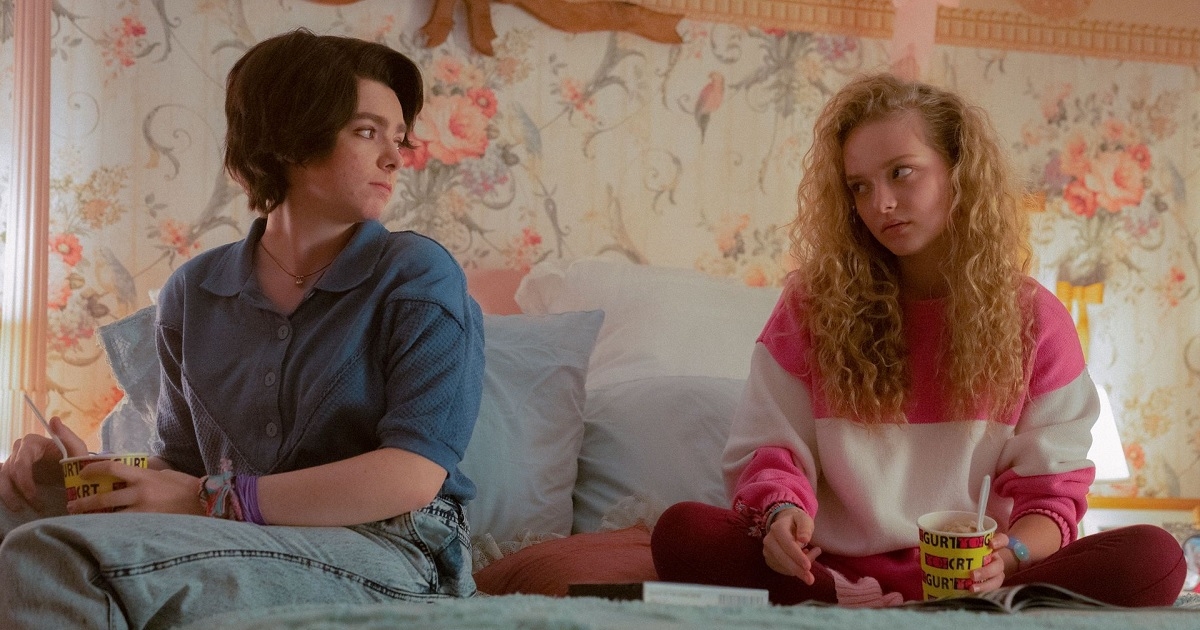WESTPORT – Women have been protesting for a long time, even in ancient Greece, said curator Melanie Prapopoulos.
“The marriage between the artist and the textile medium, which is both outwardly and socially expected to be tenuous, proves in the hands of these artists that strength lies in endurance, flexibility and determination,” said Ruth Mannes, executive director of MoCA Westport.
The exhibit is free to view until October 22 and allows visitors to experience the intersection of fiber art with political and social awareness.
Portions of this exhibition were originally shown at CAMP Gallery in Miami in 2020 in collaboration with the Fiber Artists Miami Association. It coincided with the death of former Chief Justice Ruth Bader Ginsberg, the presidential election and the 100th anniversary of the 19th Amendment, which gave most women the right to vote in the United States.
“The show and its message — the right to vote and the actions and responsibilities of all who vote — are as important now as they were in the past,” Prapopoulos said. “Artists are today’s warriors who still carry the torch that was first lit over a hundred years ago.”
This version of the exhibition focuses on flags and uses them as a metaphor for women during the suffrage movement. The flags in the exhibition were created using fiber art and initiated positive social change. They are made from a variety of fibers, including velvet, silk, linen and recycled materials such as plastic and canvas, according to the museum.
Prapopoulos said MoCA’s plans to bring this exhibit to Connecticut began before debates over the Supreme Court’s decision on reproductive rights, which some of the exhibited artworks focus on.
“It was timely in 2020 and it’s timely now,” she said.
She said she hopes visitors will see women holding a needle more than crafters.
“The assumption that it’s a little cottage industry is really disturbing,” she said. “That’s how it’s laid out in gender expectations.”
Prapopoulous said she also wants “people to understand that a woman’s voice is just as valuable as a man’s.”
This exhibition is shown alongside other works by artist Aurora Molina, sculptor Shelly McCoy and interactive fiber installations, and other artists.
One of the artists is South Norwalk resident Camille Eskell. Her piece, “Rough Robe: Out from Under,” is her first complete garment in her “The Fez as Storyteller” series. It is made using a variety of techniques, including digital art and hand stitching, and is partly created from an Indian sari she got on a visit to Mumbai.
“My ongoing series, ‘The Fez as Storyteller,’ which embraces exoticism and rising Orientalism, delves into my cultural history and family heritage,” Eskell said. “As a first-generation American and the youngest of three girls from a tumultuous Iraqi-Jewish family in Bombay, I examine the impact of this legacy through a feminist lens.”
This work particularly focuses on the amalgamation of cultural materials and symbols regularly found in her series. She said the imagery in the dress “depicts the iconic Middle Eastern belly dancer/harem girl figure with stars of David in between.”
Eskell also commented on how her piece contributes to the overall theme of the exhibition.
“Unfortunately, this social discourse is now in the spotlight, given the recent reactionary political actions against women’s rights in this country,” she said. “It’s one of the many important social issues reflected in the show.”
Eskell said she hopes viewers will learn about “the power of the voices of artists, especially women, and their active participation in revealing and expressing important social, political and humanistic issues.”
kayla.mutchler@hearstmediact.com
kayla.mutchler@hearstmediact.com



